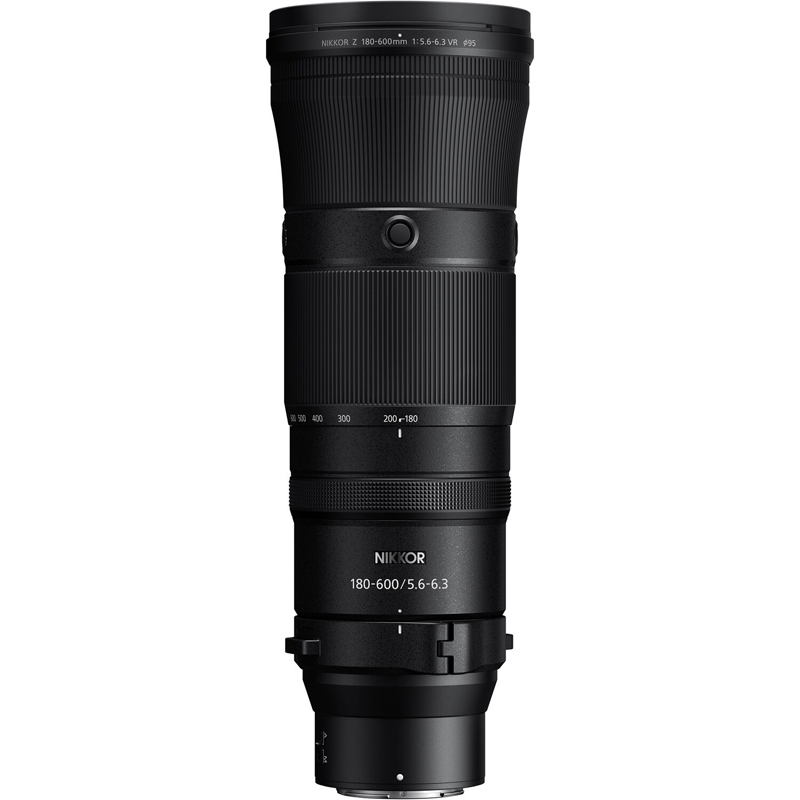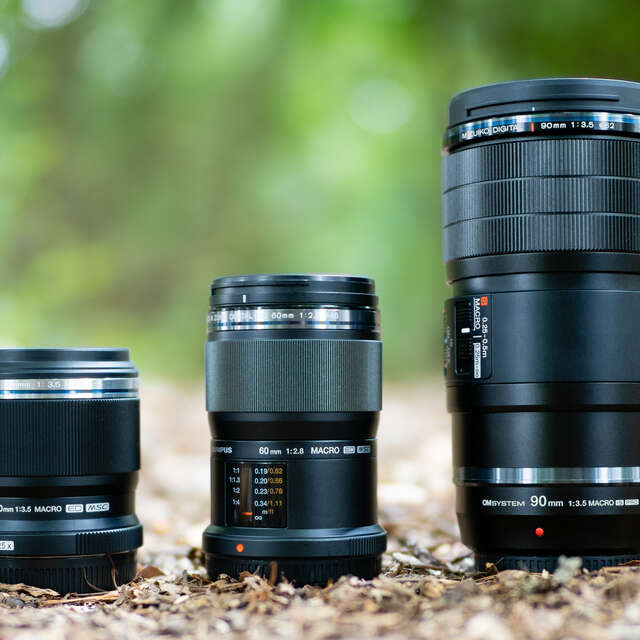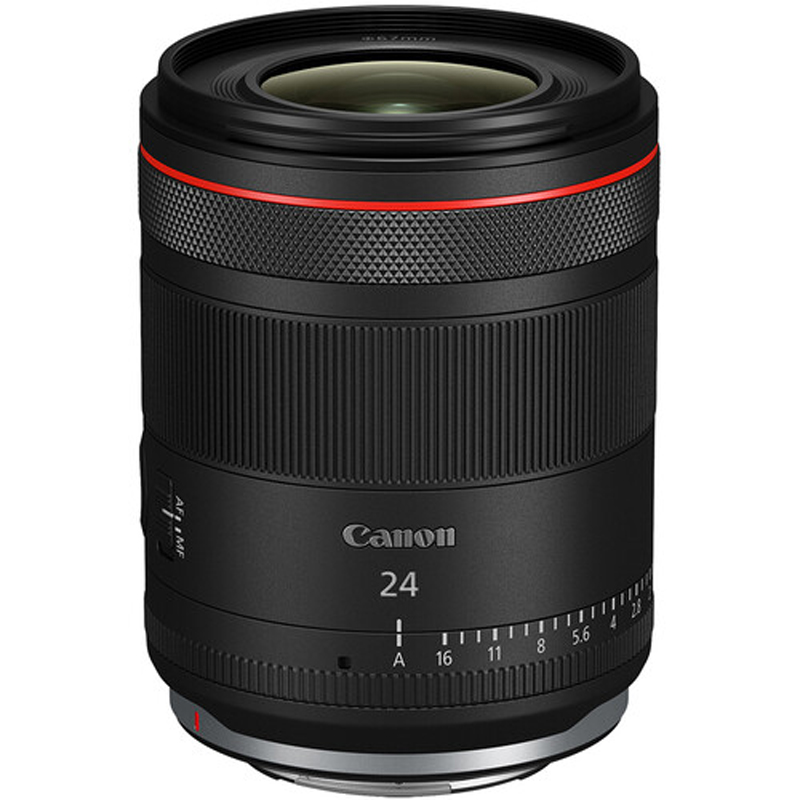Choosing the right camera lens can be a daunting task for beginners. From wide-angle to telephoto, the range of options can quickly become overwhelming. However, understanding the basic types of lenses and their purposes will help you make informed decisions while shopping for your new gear. This buying guide will walk you through the essential aspects of camera lenses, making it easier for you to select the perfect lens for your photography needs.
Understanding Camera Lens Basics
Types of Camera Lenses
Camera lenses come in several categories, each designed for specific types of photography. Getting familiar with these categories will help you identify which lens suits your style and subjects best.
- Standard Lenses: Often referred to as “prime lenses,” these typically have a focal length of 50mm. They offer a perspective similar to the human eye, making them great for portraits and everyday photography.
- Wide-Angle Lenses: Generally falling between 14mm and 35mm in focal length, wide-angle lenses capture broader scenes. They are perfect for landscapes, architecture, and group photos, allowing you to fit more into each frame.
- Telephoto Lenses: With a focal length starting from around 70mm, telephoto lenses allow you to capture distant subjects. They are ideal for wildlife or portrait photography, providing a pleasing compression effect that helps isolate your subject from the background.
- Macro Lenses: Designed specifically for close-up photography, macro lenses allow you to capture intricate details of small subjects like flowers, insects, or textures. These lenses have a designated focal length, usually between 50mm and 100mm.
Familiarizing yourself with these lens types will give you a solid foundation as you begin exploring your options.
Focal Length and Its Importance
Focal length, expressed in millimeters (mm), determines the amount of zoom a lens provides and influences the composition of your images. A lower focal length, such as 18mm, offers a wide field of view, perfect for capturing expansive landscapes. Conversely, a higher focal length, such as 200mm, zooms in on distant objects, making it easier to photograph wildlife or sports.
Focal length also affects the depth of field. Lenses with shorter focal lengths create a broader depth of field, keeping more of the scene in focus. On the other hand, longer focal lengths can result in a shallower depth of field, helping to blur backgrounds and emphasize your subject.
Understanding focal length helps you choose lenses that align with your photographic goals.

Aperture Explained
What is Aperture?
Aperture refers to the opening in a lens that allows light to pass through. It is measured in f-stops, such as f/2.8, f/4, or f/8. An aperture of f/2.8 allows more light into the camera, making it beneficial in low-light conditions. Conversely, an f/8 aperture allows less light, making it suitable for bright environments.
Effects on Photography
Aperture has a significant impact on exposure and depth of field. A wider aperture (lower f-stop number) lets in more light, resulting in brighter images. This feature is especially useful for shooting indoors or during the evening. A wider aperture also creates a shallow depth of field, which emphasizes your subject by blurring the background—a desirable effect for portraits.
On the other hand, a smaller aperture (higher f-stop number) is ideal for landscape photography since it keeps more of the scene in focus. Understanding how aperture affects your images helps you choose lenses that fit your shooting style.

Lens Compatibility
Mount Types and Compatibility
When considering a camera lens, compatibility with your camera body is crucial. Different camera manufacturers use various lens mounts, such as Canon’s EF mount, Nikon’s F mount, or Sony’s E mount. Before purchasing a lens, ensure it is compatible with your camera’s mount to avoid any issues during use.
Understanding Crop Factor
If you own a crop sensor camera instead of a full-frame one, be aware of the crop factor, which generally ranges from 1.5x to 1.6x. For example, a 50mm lens on a crop sensor camera will behave more like a 75mm to 80mm lens in terms of field of view. This adjustment will impact your composition and the type of photography you can achieve, so keep this in mind when selecting a lens.
Familiarizing yourself with your camera’s mounting system and crop factor will ensure that you invest in lenses that maximize your photography potential.

Prime vs. Zoom Lenses
Advantages of Prime Lenses
Prime lenses have a fixed focal length, such as 35mm or 50mm. Although you must physically move closer or farther from your subject to frame your shot, prime lenses often produce sharper images with better low-light performance due to wider apertures. Additionally, fewer moving parts mean they typically weigh less and are more compact.
These lenses push photographers to be more creative and thoughtful with their compositions. Using a prime lens can enhance your ability to capture stunning images, as you’ll become more focused on framing and positioning.
Benefits of Zoom Lenses
Zoom lenses feature variable focal lengths, such as 24-70mm or 70-200mm. With a zoom lens, you can easily switch between different focal lengths without changing lenses, making them extremely versatile, especially for events like weddings or travel photography.
Zoom lenses are also convenient for capturing spontaneous moments. When photographing dynamic subjects, such as wildlife or sports, having the ability to quickly zoom in and out can make a significant difference in getting the shot.
While prime lenses excel in specific situations, zoom lenses provide flexibility and convenience. Deciding between the two depends on your style and the types of photography you plan to pursue.

Budgeting for Your Lens
Setting a Realistic Budget
As a beginner, setting a reasonable budget for your camera lens is vital. Prices can vary dramatically, ranging anywhere from $50 for a basic lens to several thousand dollars for high-end models. Determine how much you’re willing to spend before you start browsing options.
Consider building your collection gradually. Investing in essential lenses that fit your immediate needs will help you grow as a photographer without overwhelming expenses. As your skills and experience increase, you can explore more specialized lenses.
Buying Used or Refurbished Lenses
Purchasing used or refurbished lenses can be a cost-effective way to expand your gear collection without breaking the bank. Many photographers upgrade their equipment regularly, resulting in a secondary market filled with high-quality used lenses. Websites such as KEH, Adorama, and B&H Photo offer extensive selections of used lenses, often with warranties for added peace of mind.
When buying used, thoroughly inspect the lens for scratches, mold, or dust. If possible, test it on your camera before completing the purchase to ensure compatibility and functionality.
Essential Accessories for Your Lenses
Lens Filters
Investing in lens filters can enhance your photography experience. UV filters protect your lens from scratches and dust, while polarizing filters reduce glare and enhance colors in your images. Graduated filters can help balance exposure in high-contrast lighting situations, such as landscapes with bright skies.
Using filters not only safeguards your investment but can also significantly enhance your images, allowing for more creative possibilities.
Lens Cleaning Kits
Maintaining your lenses is essential for keeping your images sharp and clear. Dust and fingerprints can hinder your photography, so investing in a good lens cleaning kit is crucial. These kits typically include a microfiber cloth, lens cleaner solution, a blower, and brushes designed to safely remove debris from your lenses.
Regular cleaning protects your glass from scratches, ensuring your lenses remain in excellent condition for years to come.

Testing and Learning with Your Lenses
Practice Makes Perfect
Once you’ve acquired your new lens, take the time to familiarize yourself with its capabilities and features. Spend time experimenting with various settings, focusing techniques, and compositions. The more you practice, the more comfortable you will become with each lens’s unique abilities.
Feel free to change environments and subjects frequently. Try shooting portraits, landscapes, and macro photos under different lighting conditions to understand how your lens performs in various situations.
Join Photography Communities
Engaging with fellow photography enthusiasts can offer valuable insights and inspiration. Online forums, social media groups, and local photography clubs provide excellent opportunities to share your work and receive constructive feedback. Don’t hesitate to ask questions about specific lenses or technical aspects; seasoned photographers often enjoy sharing their expertise.
By actively participating in photographic communities, you’ll gain practical advice while developing your skills. This journey toward becoming a proficient photographer will only enhance your appreciation for your camera and lenses.
Conclusion
Choosing the right camera lenses as a beginner can propel you toward unlocking your creative potential in photography. By understanding lens types, focal lengths, apertures, and compatibility, you can make informed decisions that align with your photographic goals. Set a budget, explore lens options, and equip yourself with the necessary accessories to enhance your experience.
As you embark on your photography journey, practice regularly and engage with fellow photographers to improve your skills. The right lens can transform your ability to capture stunning images, so take the time to invest in your gear wisely. Embrace the learning process, and enjoy documenting the beautiful moments around you!